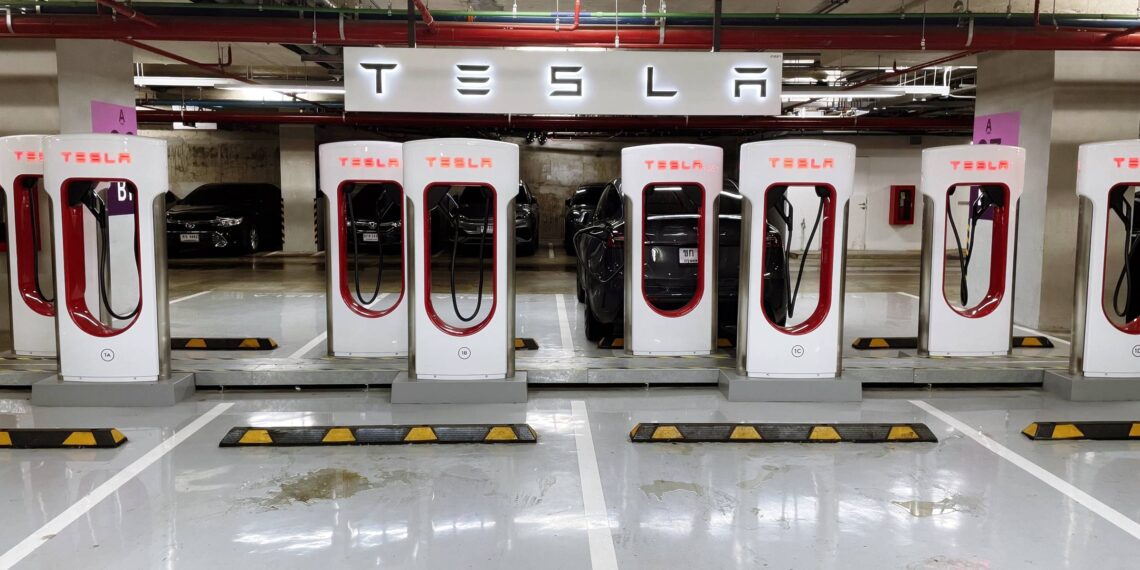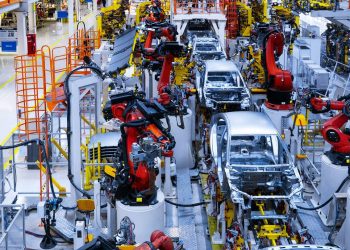No products in the basket.
Chinese electric vehicle manufacturers have dominated Thailand’s auto market, angering customers with repeated price cuts, and threatening Japanese automakers, while the Thai government aims to establish itself as a premier EV hub.
Key Takeaways
- Chinese electric vehicle manufacturers are disrupting the Thai auto industry by offering substantial discounts, leading to anger among early buyers who paid higher prices for the same models.
- The surge of Chinese EVs has impacted both new and used car markets in Thailand, causing financial challenges for car owners and financial institutions.
- The influx of Chinese EV manufacturers in Thailand could potentially impact Japanese carmakers, leading to speculation about the future of the auto industry in the country.
Chinese companies are increasingly expanding their presence in emerging markets, particularly in Southeast Asia, where there is a growing demand for electric vehicles (EVs). Chinese EVs hold a competitive advantage in terms of pricing, which makes them more appealing compared to their pricier Western and Asian counterparts.
Chinese automaker BYD is currently offering compensation to customers who purchased their electric cars before a major discount. The “Existing Customer Privilege” campaign provides credits ranging from 10,000 to 50,000 baht for customers purchasing new BYD cars, based on the date of their original purchase.
Additionally, customers are eligible for a special charging fee at RÊVERSHARGER stations nationwide. The offer is valid until October 31, and the special charging fee will be available from August 1 to January 3, 2025.
The electric vehicle (EV) market has experienced significant growth in recent years, driven in part by decreasing prices. Governments around the world have offered incentives to encourage the adoption of EVs, and manufacturers have worked to reduce production costs. This has led to a decrease in the average price of EVs, making them more competitive with their internal combustion engine counterparts. However, despite these advancements, EVs remain more expensive than traditional vehicles.
Several factors are contributing to the decreasing prices of electric vehicles (EVs):
- Increased Competition: More manufacturers are entering the EV market, leading to a wider variety of models and price points. This competition drives prices down.
- Advancements in Technology: Improvements in battery technology and production processes have reduced manufacturing costs, allowing manufacturers to lower prices.
- Economies of Scale: As production volumes increase, manufacturers can benefit from economies of scale, reducing the cost per unit.
- Government Incentives: Various government subsidies and tax incentives for EV buyers can reduce the effective purchase price, encouraging more sales.
- Excess Inventory: Some manufacturers have produced more vehicles than the market demands, leading to discounts and price reductions to clear inventory.
- Growing Used EV Market: An increase in the availability of used EVs can put downward pressure on new EV prices as consumers consider more affordable options.
- Consumer Demand Shifts: As consumer awareness and acceptance of EVs grow, manufacturers may adjust pricing strategies to attract more buyers.
These factors combined are likely to continue influencing the pricing landscape for electric vehicles in the coming years.
One area where costs can be reduced is in battery technology. The cost of batteries has been declining rapidly, and this trend is expected to continue. According to BloombergNEF, the average cost of a lithium-ion battery pack fell by 89% between 2010 and 2020, from $1,160 per kilowatt-hour to $137 per kilowatt-hour. Further advances in battery technology, such as the development of solid-state batteries, could lead to even greater cost reductions.
Another area of potential cost savings is in manufacturing. As demand for EVs increases, manufacturers are able to take advantage of economies of scale, reducing the cost of production. Additionally, the use of existing manufacturing facilities and supply chains can help to minimize startup costs.
Regulatory changes could also help to drive down prices. Governments could offer additional incentives for the production and purchase of EVs, or reduce tariffs on imported components. Furthermore, the development of more efficient and streamlined manufacturing processes could help to reduce costs.
While there is still room for cuts in EV prices, there are also limitations to how low prices can go. Manufacturers need to ensure that they are making a profit on each vehicle sold, and there are certain costs that cannot be avoided, such as the cost of raw materials and labor. Nevertheless, as the market continues to evolve and technology improves, it is likely that EV prices will continue to decrease, making them an increasingly viable option for consumers.
Discover more from Thailand Business News
Subscribe to get the latest posts sent to your email.














